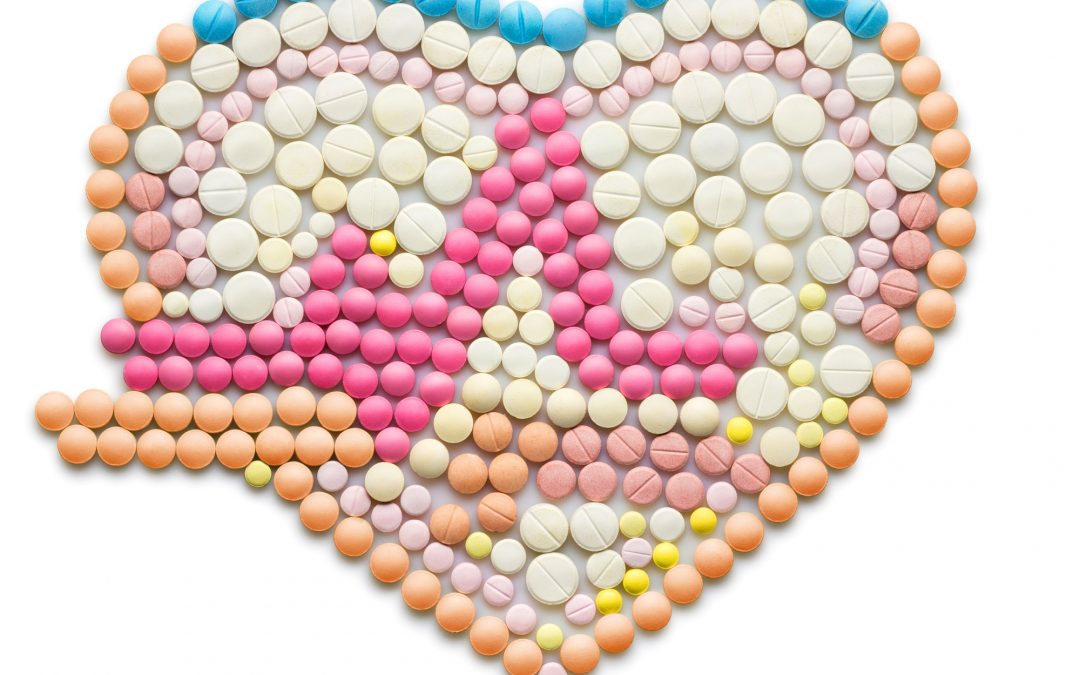Heart disease is the leading cause of death in the U.S., as well as in Australia, the U.K., and Canada.
Heart disease deals with issues and deformities in the heart, as opposed to cardiovascular disease which deals with problems in blood vessels, the circulatory system, and the heart.
Being aware of the different types of heart disease may help you know which measures to take to prevent and treat the condition.
Arrhythmia
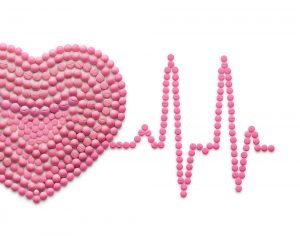
If you’ve ever felt your heart fluttering or racing, then you’ve experienced arrhythmia.
Arrhythmia is simply an irregular heartbeat and is very common.
There are many conditions that cause arrhythmias, such as tachycardia (heart beats too fast), bradycardia (heart beats too slowly), and premature ventricular contractions (extra abnormal beats).
Even though arrhythmia is fairly common, too much of it can be deadly (especially if as a result of a damaged and weak heart).
Congenital heart disease
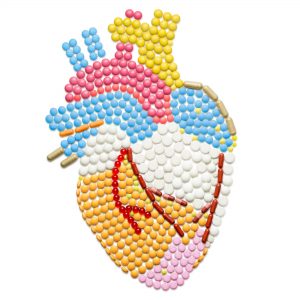
If you were born with deformities in your heart, then you have congenital heart disease.
Some of the conditions it covers include cyanotic heart disease (causes shortage of oxygen in the body), obstruction defects (blocked blood flow throughout the heart), and septal defects (there’s a hole between both heart chambers).
Coronary artery disease
High cholesterol levels can cause plaque buildup in the coronary arteries, which restricts oxygen and nutrient flow to the heart.
Dilated cardiomyopathy
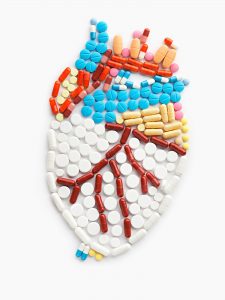
Coronary artery disease reduces the flow of oxygen to the heart muscle.
This causes the heart muscle to weaken to the point that it can’t properly pump blood, leading to dilated heart chambers.
The left ventricle is usually the part that’s affected.
Heart failure
When the heart doesn’t pump blood around the body the way it should, it leads to heart failure.
Heart failure (known also as congestive heart failure) usually only affects one side of the heart.
High blood pressure (as well as coronary artery disease) can lead to heart failure, as they can render the heart too weak to properly pump blood.
Hypertrophic cardiomyopathy
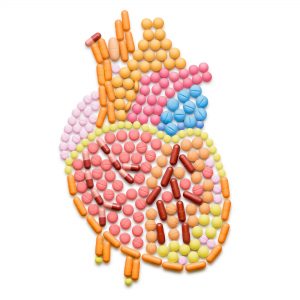
Hypertrophic cardiomyopathy is the leading cause of sudden death among athletes.
As a genetic disorder, children of parents with the disorder have a 50% chance of inheriting it.
The disorder makes it hard for blood to pump out of the heart due to a thickening of the left ventricle wall.
Mitral regurgitation
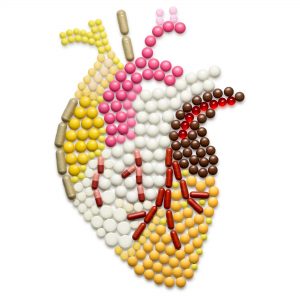
When the mitral valve in the heart doesn’t close as tight as it should, it lets the blood flow back in when it should be leaving.
Symptoms include feeling tired and out of breath.
This disorder is also known as mitral incompetence, mitral insufficiency, and mitral valve regurgitation.
Mitral valve prolapse
Similar to mitral regurgitation, this disorder causes the valve between the left atrium and ventricle to remain slightly open.
It also swells up or back into the atrium. Fortunately, this condition isn’t life-threatening. However, if it also involves mitral regurgitation you will need to see a doctor.
Myocardial infarction
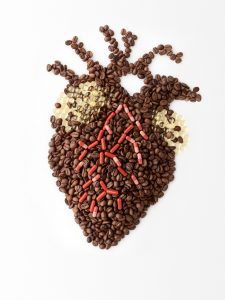
Most commonly known as a heart attack, myocardial infarction happens when an artery suddenly spasms or narrows or when a blood clot develops in a coronary artery.
This leads to interrupted blood flow to damage or destroy part of the heart muscle, leading to a heart attack.
It’s also known as coronary thrombosis or cardiac infarction.
Pulmonary stenosis
This disorder generally affects children. The pulmonary valve becomes tightened and makes it hard for the heart to pump blood into the pulmonary artery from the right ventricle.
While older children will generally show no symptoms, infants who suffer from this disorder may turn blue.
If the pressure in the right ventricle is too high, treatment and open-heart surgery may be needed to clear any obstructions.

